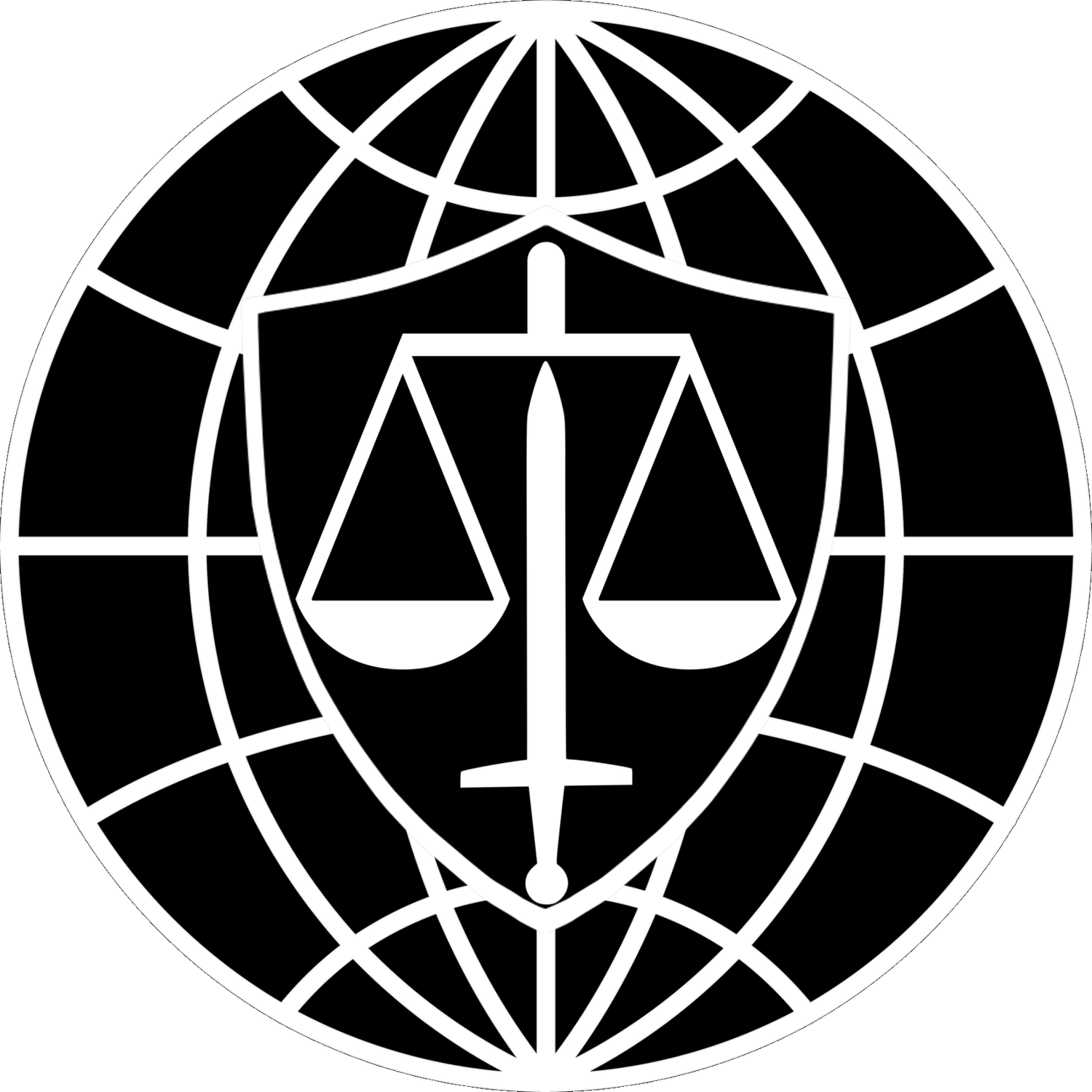The Basics of Investigative Analysis
Date of Information: 01/01/2025
Please check back soon as this page is actively under development.
Arguments Against the Validity and Constitutionality of the CLP Rule
Contradiction with the Statutory Right to Request Asylum
The National Immigration Project of the National Lawyers Guild and the New York City Bar Association have pointed out that, despite the Executive Branch’s broad rulemaking authority under INA Sections 212(f) and 215(a)(1), the CLP rule contradicts explicit guarantees elsewhere in the INA. Specifically, INA Section 208(a)(1) grants any noncitizen physically present in the United States an explicit right to apply for asylum. See 8 U.S.C.A. § 1158(a)(1). There is a cogent argument that the presumption against eligibility for asylum mandated by the CLP rule contradicts that right.
Contradictions wtih International Law
The New York City Bar Association has also argued that the CLP rule violates international law binding on the United States. It points out that Article 14 of the Universal Declaration of Human Rights guarantees the right to request asylum.
Similarly, Article 31(1) of the 1951 Refugee Convention requires that:
The Contracting States shall not impose penalties, on account of their illegal entry or presence, on refugees who, coming directly from a territory where their life or freedom was threatened in the sense of article 1, enter or are present in their territory without authorization, provided they present themselves without delay to the authorities and show good cause for their illegal entry or presence.
Article 33(1) of the 1951 Refugee Convention—the nonrefoulment—provision requires that:
No Contracting State shall expel or return (“refouler”) a refugee in any manner whatsoever to the frontiers of territories where his life or freedom would be threatened on account of his race, religion, nationality, membership of a particular social group or political opinion.
To the extent that the CLP Rule creates a barrier to asylum for those aliens who enter the United States through the SWB without inspection, it arguably violates Article 31 of the 1951 Convention. To the extent it leads to the expedited removal of aliens to places where his life or freedom would be threatened on account of his race, religion, nationality, membership of a particular social group or political opinion, it also violates Article 33.
Other Helpful Resources:
See Also:
CIL Guide to the Circumvention of Lawful Pathways Rule


